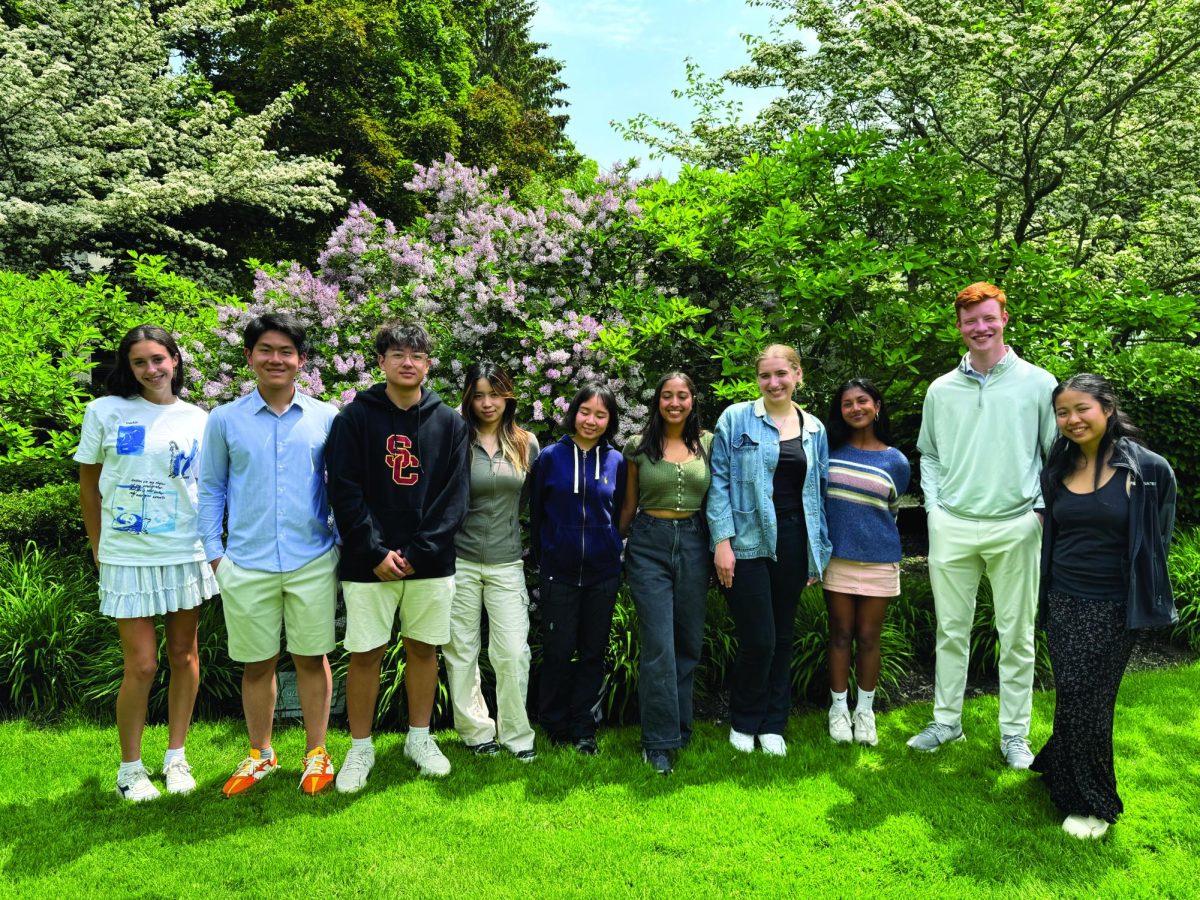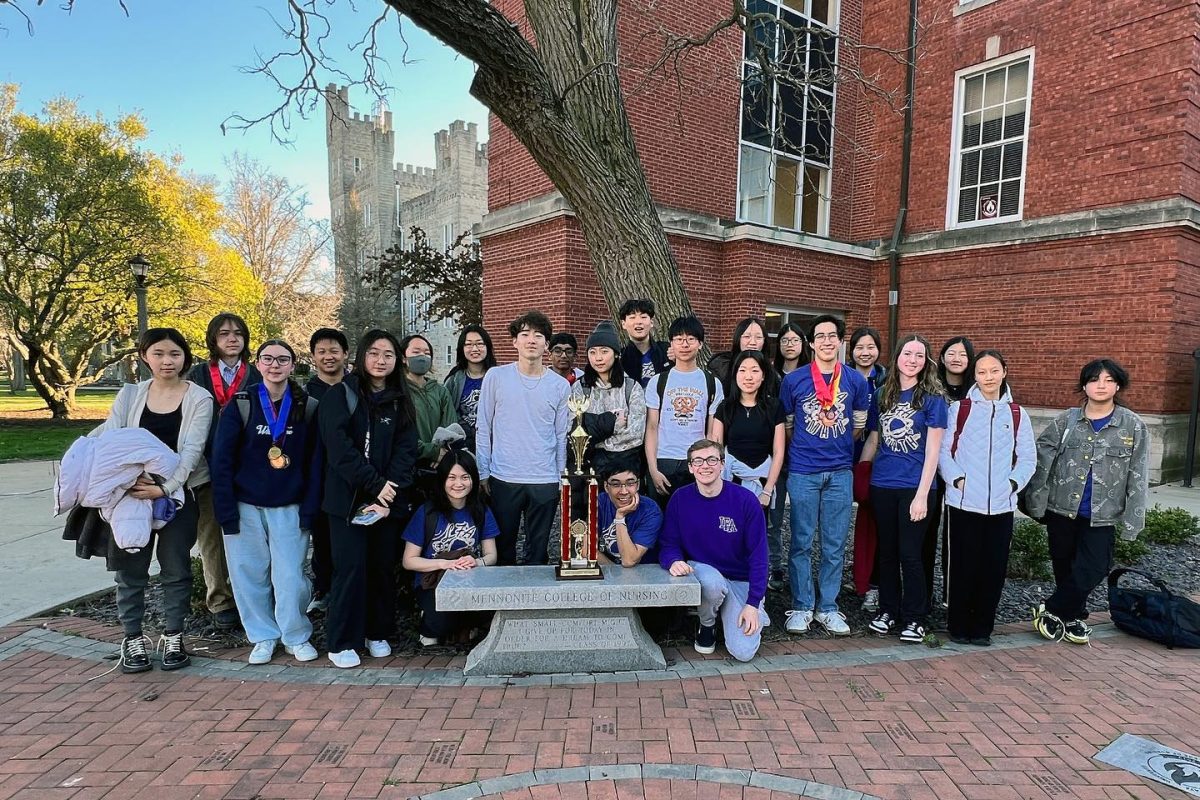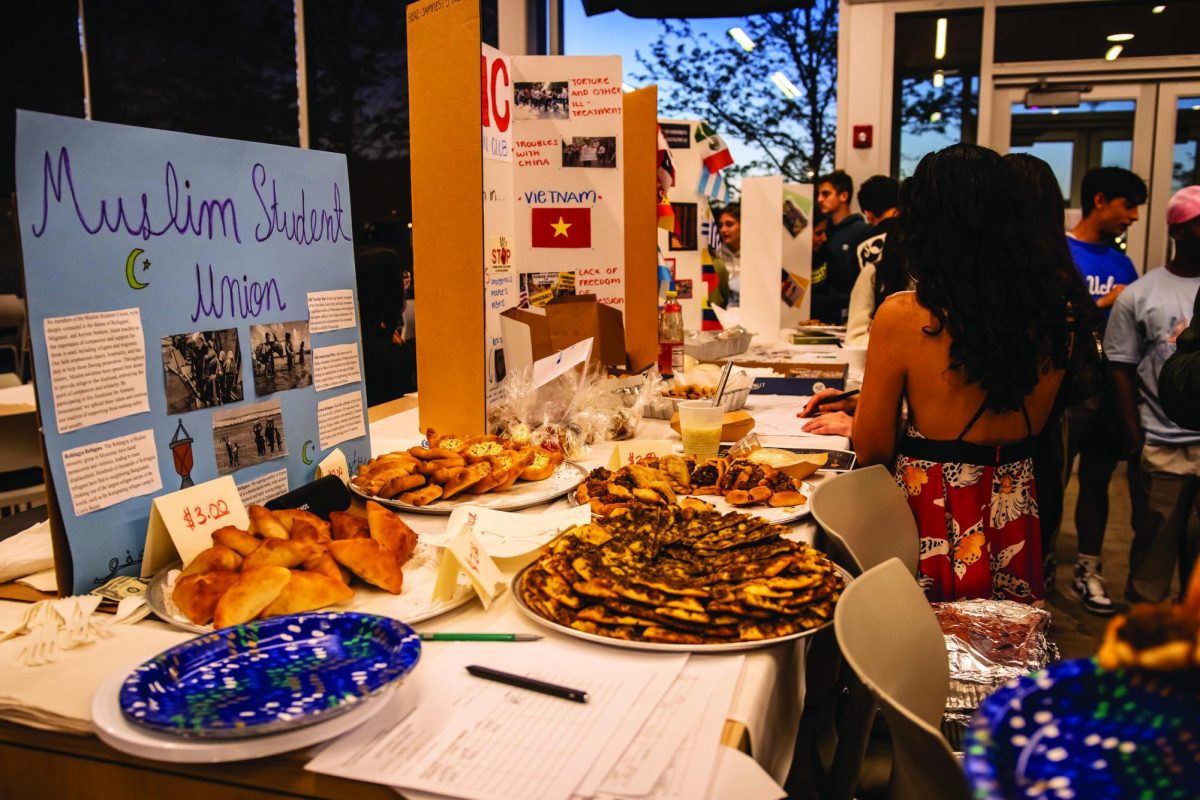An international school like Lake Forest Academy has exceptional rankings for culture, safety, and diversity. As a result, affinity groups are a big part of our foundation, allowing its students to find safe spaces and address issues that others could relate to. The diverse range of identities and backgrounds within the student body can make it difficult for everyone to have their safe space. However, this poses a question – should there be more affinity groups that cater to more specific identities?
Along with safe spaces, affinity groups also offer support, empowerment, as well as educational and cultural enrichment. This, on its own, builds community and stresses the importance of inclusivity. However, putting multiple cultures all under one umbrella, inherently undermines all of the good that they’re trying to do.
For example, the Asian Culture Union (ACU) has 105 students, representing several countries, covering North, East, South, Southeast, West, and Central Asia. Helena Secrest ‘26, leader of ACU and co-founder of the Southeast Asian Club said, “Sometimes it’s hard to find people who share the same culture as me. That’s why we created the SEAC.” Finding community can be difficult when there are so many different heritages in a small school. Is it fair that some students’ voices are overlooked because they aren’t in the majority?
While larger affinity groups provide a sense of belonging for many students, the diversity within these groups can sometimes dilute the specific cultural experiences and challenges faced by individuals. Creating more specialized affinity groups allows students to connect more deeply with others who share similar backgrounds, values, and traditions. Expanding the range of affinity groups to cater to more specific identities ensures that all students have access to a safe and supportive community where their voices are heard and their experiences are validated. This approach acknowledges the unique needs of each individual within our diverse student body and fosters a more inclusive environment where everyone feels valued and represented.
Furthermore, by embracing a wider array of affinity groups, LFA can set a precedent for others to follow, promoting diversity, equity, and inclusion not just within our school community but in the real world – teaching students how to find their own safe havens. It’s essential to continually reassess and adapt our approach to affinity groups to ensure that they effectively serve the evolving needs of our student population and uphold our commitment to promoting a culture of acceptance and understanding.
There is value in creating more specialized groups to ensure that every student feels seen, heard, and supported. By embracing diversity and tailoring our approach to affinity groups, we can cultivate a more inclusive educational experience for all members of the LFA community.












